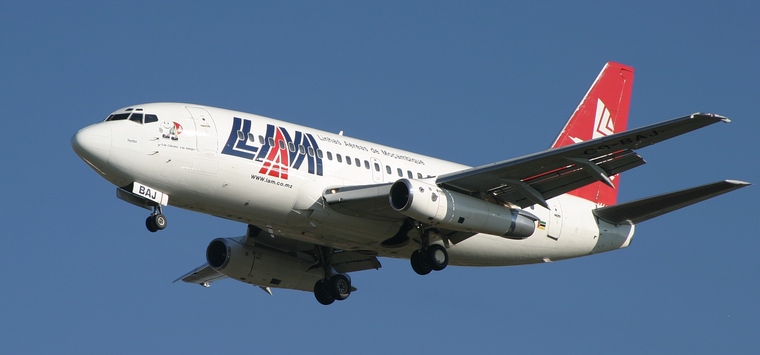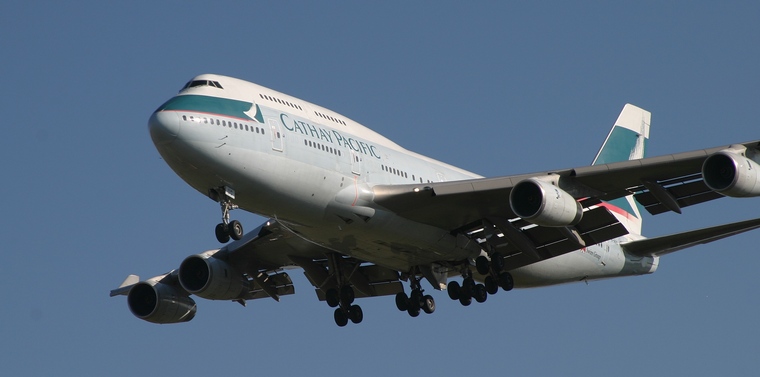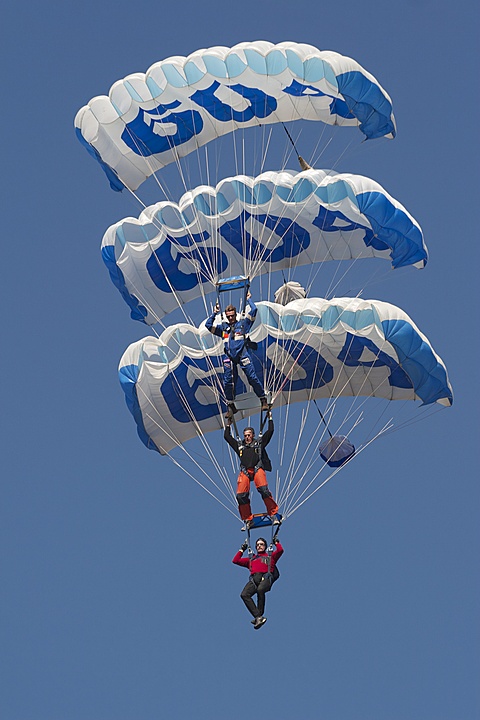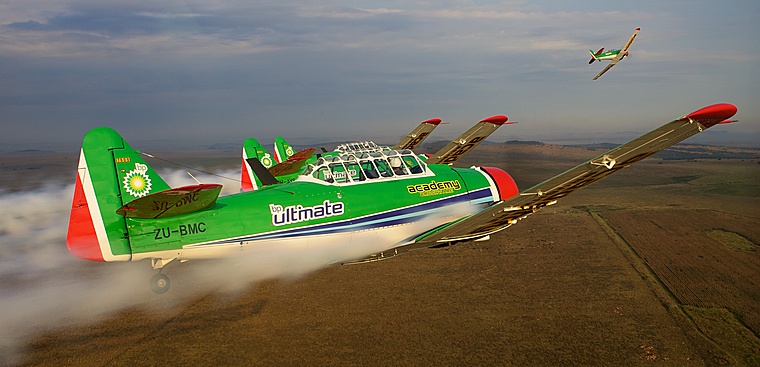AVIATION PHOTOGRAPHY
By Steve Allison
We all love pictures. Take a look at any magazine or newspaper and you'll see they are full of pictures. We have photo albums to keep our memories and pictures to decorate the walls of our homes. After looking at all the photographs on Pilots Post, you may be thinking, "I'd like to take some photos like that". Let us delve into the world of aviation photography to get you on your way.

Many aviation enthusiasts stand at the perimeter fence of an airfield for hours with their cameras. The problem is that there is no guarantee that any aeroplanes will take off or land while you are there. International airports have more traffic so the chances of getting some pictures are reasonably good. The downside is that International airports have big high fences and walls and are often surrounded by major roads. It's often not possible to get close to the runway. This is not so much of a problem if you choose to photograph airliners because due to their sheer size you don't have to be as close.

An air show is a great way to start honing your skills. There are always plenty of aircraft at an air show and you will know in advance which aircraft are likely to be there. You can look at a program to see exactly when to be ready for that rare fighter jet that you have always wanted a picture of. There are of course some problems with air shows. The health and safety brigade have been continually, over the years, been pushing the crowd line further and further back. Longer and longer lenses are now required. The fact that the crowd is in a smaller area means that you get bumped and pushed around, not ideal for photography. Get there early and try to find yourself a spot where there are fewer people.

The problem with long lenses is that they require high shutter speeds to avoid camera shake. High shutter speeds tend to freeze the movement of a propeller making it look as if the aeroplane has had an engine failure and is about to fall out of the sky. Aeroplanes are of course in the sky, which means they are a lot easier to photograph over the heads of the crowd than, for example football players.

Air-to-air photography is the way to show aircraft in their natural habitat; the air! Don't be tempted however to simply fly close to a friend's aeroplane and take a couple of pictures. Air-to-air shoots are very dangerous and can only be attempted after proper preparation. Professional air-to-air shoots only take place after a comprehensive briefing between the pilots and photographer. The pilots have had a lot of formation flying experience and are in constant radio contact.

If you are shooting a propeller driven aircraft, slow shutter speed is the order of the day. If you freeze the motion of the propeller, the aeroplane looks unnatural as if it's hanging from a wire instead of moving. Try to get the prop to look like a smooth disk. Using a slow shutter speed and keeping the subject sharp is quite tricky especially in turbulent air. If there is a clear horizon in the picture, try to keep it straight so that it doesn't look as though the earth is sloping at 45 degrees. You will very rarely get a good picture through Perspex, either a door or window needs to be removed. Flying with doors off is somewhat hazardous, so make sure you are securely strapped in.

RAW vs. Jpeg
Most modern digital cameras allow you to choose between recording Raw or Jpeg images. Jpeg files take up less space on your memory card and are ready to use straight out of the camera. Raw files need more storage space and require post processing There is a big advantage though, if you are shooting in Jpeg, a white balance, tone curve, sharpening and saturation are added to the file before it is written to your memory card. The advantage is a ready made image file. The disadvantage is that those parameters are embedded in the file and the image is degraded if you need to adjust these parameters.

Every time you save a Jpeg, the image is degraded. This is because JPG is a compressed image format and the compression discards information as it compresses. RAW on the other hand is exactly what the sensor saw. The white balance, saturation etc. is added during post processing on the computer. The advantage is that you can keep going back to the original RAW file and trying different parameters without ever degrading the original image. You decide; are you prepared to do the extra work for better image quality?

I personally am very uncomfortable manipulating a digital image any more than I used to do in the darkroom with film. Colour correction and possibly cropping are about as far as I will go. It is certainly cheating when you take picture of a Learjet at Wonderboom and then superimpose it on a picture of Table Mountain, particularly if you try to pass it off as genuine.

Steve's Tips
-Don't spend too much time looking at the pictures you have just taken. I have missed countless pictures while looking at the back of the camera instead of the action.
-Always shoot RAW. The quality is simply better.
-Use a couple of small capacity memory cards instead of one big one. If the card fails, you don't lose everything.
- Digital cameras are battery hungry; always have spare batteries in your bag.
- Don't get lazy. Strive to capture a good image rather than just saying "I'll fix that in Photoshop later".
|
         |























